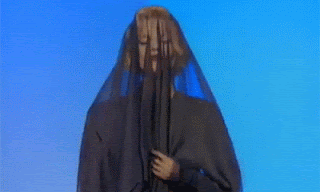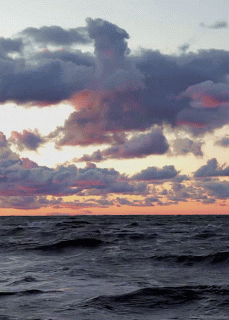An anthropological approach to user experience and sharing: 'non modern' ritual in virtual environments.
As a discipline, the stereotype of anthropology often incorporates that crucial separation between 'them' and 'us'. Everything that is non-western is often perceived as non-modern; the 'traditional' tribal society is most commonly understood as less rational and the fascinating cultural differences between the two are amplified. Such a basic anthropological approach doubtlessly diminishes the chances of gaining a meaningful insight into cultures other than our own - and for this reason, the work of Bruno Latour (who recognised the need for a re-analysis of the field's methodology) intrigues me along with many other art-interested people. In his 1991 publication
We Have Never Been Modern, Latour argues that 'there is not - there cannot be, there should not be - an anthropology of the modern world'. In so doing, he enables the comparative model of the discipline to function by aligning a symmetry between west and non-west - and he does this by rejecting the idea of 'modern'.
This idea of acknowledging different modes of thought without creating a hierarchy of difference was investigated before the preliminary effects of globalization (during the nineties) started to be recognised, however. Malinowski's well-known 1922 study of 'the Argonauts of the Western Pacific' illustrated a lack of separation by considering the universality of rational decision making; despite important differences in terms of economic value and exchange (in particular), the cultural systems at work in areas of Papua New Guinea illustrate links between our own western social contracts.
The western distinction between persons and things maintains a particular cultural understanding of commodity of mere material form - that 'things' can be understood in monetary (or utility) value. In line with a Marxist position, the reduction of an object in this way hides any kind of human interaction involved in its production: commodity dissolves relationships. This idea is deepened via the introduction - and increased use - of global information transactions. In a world of digital tech development, immaterial files can also be made commodity and owned. However, the recorded history of a shared file is fascinatingly similar to the relations that are made manifest through exchange in some non-western societies - in particular, gift exchange.
In line with a symmetrical, comparative anthropological approach, online file-sharing systems (the now defunct
Napster, or
Tumblr for example) can thus be put in parallel with the ceremonial exchange or Trobriand kula necklaces and bracelets. Of course, key differences must still be acknowledged. The western 'catch 22' of being unable to escape from capitalist structures is recognised in Markus Geisler's investigation (2003) of the mp3 audio file sharing network
Napster: that the free, peer-to-peer exchange of files collapses old capitalist systems only by offering an alternative form of consumption. But despite this suggestion, there is an undeniable online community within such networks, which use file-sharing as a uniting, shared activity. In different areas all over the globe, users create a world wide network that yields a new information economy based on giving.
A crucial aspect to this system is reciprocity: that repayment becomes just as important as receiving. Such concentration on this idea runs in line with the anthropological writing of Marcel Mauss, who argued (in 1967) that gifting isn't a voluntary activity, but that (within specific, often non-western societies) it is obligatory. The repayment of a gift can often mean the fulfillment of a (social) contract, and in the social system conducted in the Milne Bay province of Papua New Guinea, the ceremonial exchange of kula maintains a vital importance of the reciprocal nature of gifting. The movement of these valuable items is a culturally significant aspect of society linked to political authority. These items, which are often made from beautiful shell and other precious natural materials, are not the inert, mere material of western commodity - but more in-line with your most valuable (not in monetary terms) family heirloom. Inscribed with historical social relations, kula valuables are spiritual and highly meaningful items which are passed and moved from island to island via ritual (and in some cases, dangerous sea passes between islands). In opposition to a western, accumulative understanding of wealth (a notion which does remain relevant to digital sharing economy), the Trobriand demonstrates power through displaying the greatness of the giver (rather than the collector) using kula ritual as a vehicle. This, the social relations remembered by the object are manifest through the event in which it is exchanged.
Through this investigation, it is clear that Latour's symmetrical anthropology can be problematic. Although the cultural contexts between western file-sharing and Trobriand kula exchange are very different, the sharing networks are similar. Open-source software, file and image sharing and blogging 'reposts' are all activities in which links and bonds are created through transfer. However, what is most critically and conceptually distinct from the object-sharing rituals of Papua New Guinea and the immaterial spaces online is that the latter example is a virtual situation. Many of the interactive users will never meet in person, let alone form a 'real' relationship. Paradoxically, the 'modern' west - non-west hierarchy is reversed, in that the western virtual user experience is considered (by many) as less meaningful, less 'real', or less authentic. However, the digital age is by all means upon us, and the reality is that much of the west's relationships with one another are formed and maintained online. With this is mind, investigating the gift as a concept in the anthropology of art is crucial in terms of comprehending the cultural implications of contemporary society's online sharing activity - especially when new sharing technology is so quickly being developed.







































.JPG)









.JPG)